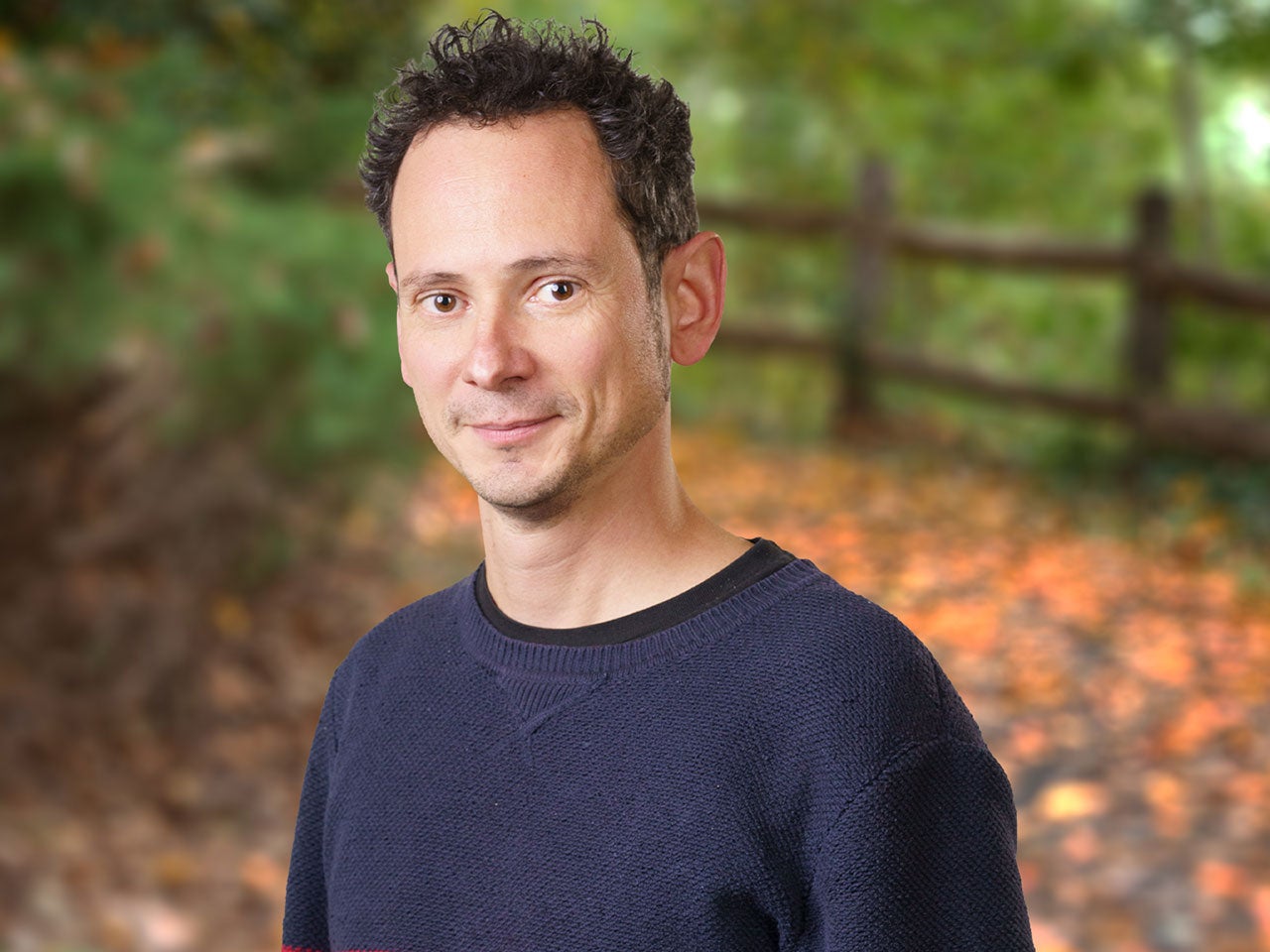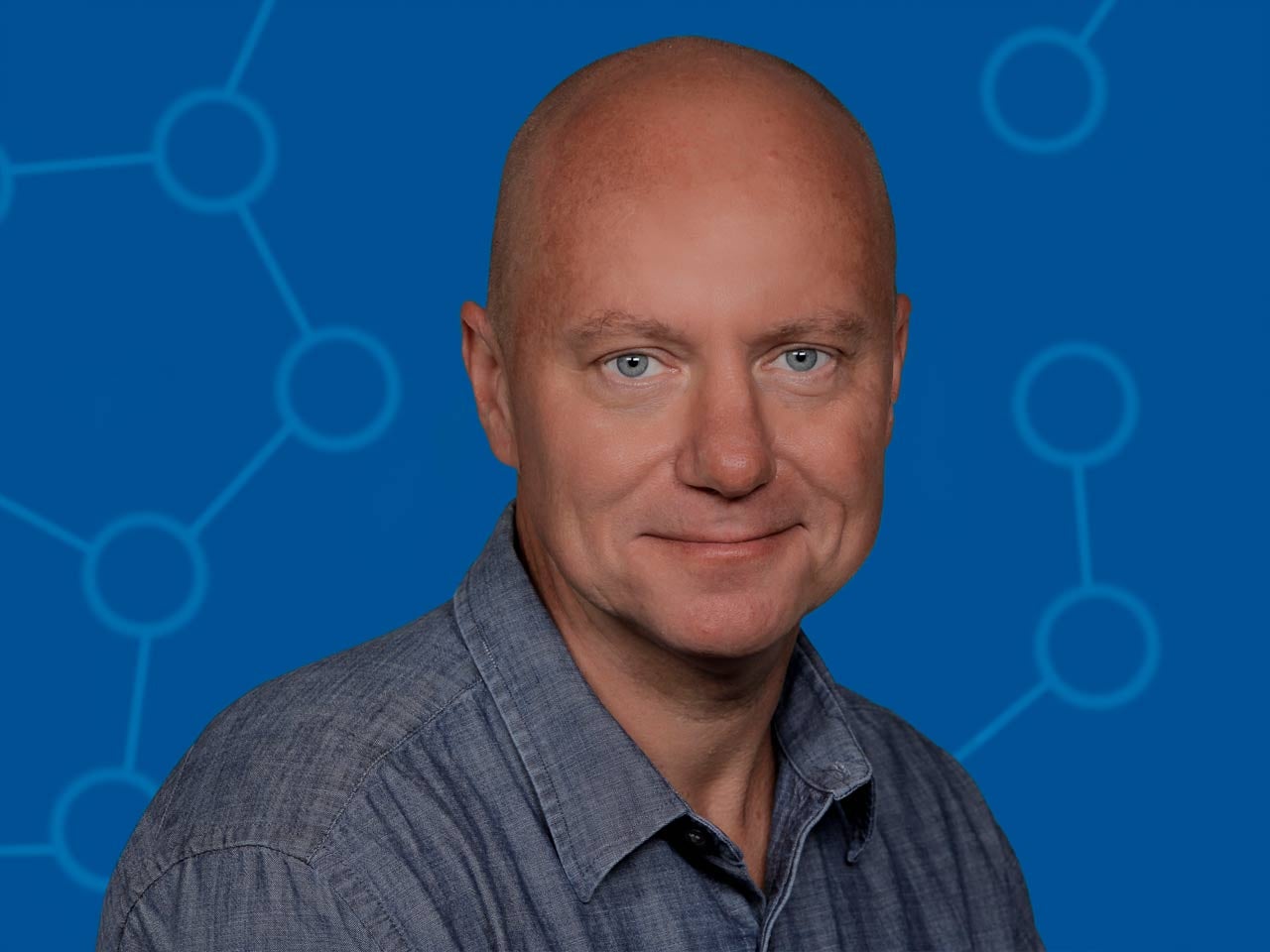Swartz Foundation
For more information visit www.theswartzfoundation.org. The Swartz Foundation was established by Jerry Swartz in 1994 to explore the application of physics, mathematics, and engineering principles to neuroscience as a path to better understanding the mind/brain relationship. The Foundation supports several important aspects of neuroscience research at Cold Spring Harbor Laboratory.
The strategic intent of the Swartz Foundation is to integrate problem-solving approaches from physics, mathematics, electrical engineering and computer science into neuroscience research, to better understand the relationship between the human brain and mind, one of the great frontiers of 21st-century science
The Swartz Foundation supports research at eleven centers for theoretical neuroscience: The Salk Institute, California Institute of Technology, New York University, University of California at San Francisco, Brandeis University, University of California at San Diego, Cold Spring Harbor Laboratory, and most recently, Columbia, Princeton, Yale and Harvard universities. In general, our objective is to understand the distributed dynamics of brain activity and identify principles of brain function in relation to cognition and behavior. Targeted research projects range from experimental investigations of brain circuitry to computational modeling of large-scale neuronal networks to exploration of nonconscious mental processing—all utilizing physical and mathematical principles.
Swartz Center for Theoretical Neuroscience at Cold Spring Harbor Laboratory currently includes Anthony Zador, Florin Albeanu, Anne Churchland, Adam Kepecs, Alex Koulakov and Tatiana Engel.
The Swartz Foundation also organizes and sponsors neuroscience workshops and meetings. Core themes have included communication in brain systems, neurobiology of decision making, and large-scale neural network modeling. The Banbury Center at Cold Spring Harbor Laboratory has hosted the following series of workshops since 1998:
- Searching for Principles Underlying Memory in Biological Systems (April 12-15, 2009)
- Attention in Visual and Auditory Systems (April 20-23, 2008)
- New Frontiers in Studies of Nonconscious Procession (2007)
- Computational Approaches to Cortical Functions (2006)
- Neurobiology of Decision-Making (2005)
- Communication in Brain Systems (2004)*
- Can a Machine be Conscious? (2001)
- Persistent Neural Activity (2000)*
- Toward Animal Models of Attention and Consciousness (2000)
- Functional Organization of the Thalamus and Cortex and their Interactions (1999)
- Neurocomputational Strategies: From Synapses to Behavior (1998)
* co-sponsored with The Sloan Foundation

Dinu Florin Albeanu
The broad scope of our research is understanding the algorithms the brain uses to relate actions to perception by: 1) determining how the brain generates sensorimotor predictions via internal models of the world, and computes error signals in changing environments, and 2) discovering the logic of the odor space and the neural representations underlying olfactory perception.

Alexei Koulakov
The complexity of the mammalian brain challenges our ability to explain it. My group applies methods from mathematics and theoretical physics to understand the brain. We are generating novel ideas about neural computation and brain development, including how neurons process information, how brain networks assemble during development, and how brain architecture evolved to facilitate its function.

Anthony Zador
My lab studies how circuitry in the brain gives rise to complex behaviors, one of nature’s great mysteries. We study how the auditory cortex processes sound, and how this is interrupted in autism. We also seek to obtain a wiring diagram of the mouse brain at the resolution of individual neurons. Our unusual approach exploits cheap and rapid “next-gen” gene sequencing technology.